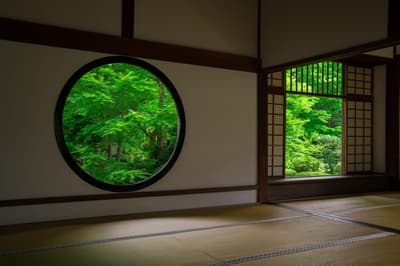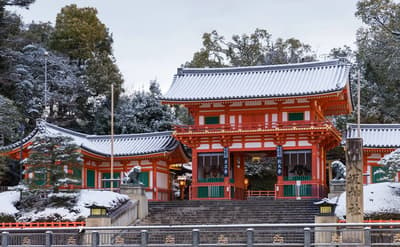Located in northern Kyoto, the Kibune and Kurama areas are quiet and full of nature, a short distance from the main areas of the city. The entire area is filled with a mystical atmosphere that offers a different sightseeing experience from that of the central area of Kyoto. It is also recommended that the scenery changes with the seasons: spring with its beautiful fresh green foliage, summer with its deep green foliage, autumn with its bright red autumn leaves, and winter with its beautiful snowy scenery.
In this issue, we will introduce six recommended places to visit in the Kibune and Kurama areas.
Eizan Railway (叡山電車)

The Eizan Tramway, nicknamed “Eiden”, leaves from Demachiyanagi Station in Kyoto City. There are two lines: the Eizan Line, which runs toward Hieizan, and the Kurama Line, which runs toward Kibune and Kurama. The trains are also popular as sightseeing trains and the scenery from the train windows is a point of interest.
In particular, the 250-meter-long “Maple Tunnel” between Ichihara and Ninose Stations, just before Kurama Station, is a spectacular sight of green maples in early summer and autumn leaves filling the windows of the train in fall. The snowy winter scenery is also beautiful and highly recommended. The Kurama Line also runs the “Kirara” observation train, which features large windowpanes so that passengers can enjoy the scenery from the train windows.
Great Tengu in front of Kurama Station

The first thing you will encounter when you get off at Kurama Station on the Eizan Railway and descend to Kurama is this giant tengu. It is a huge monument, 4 meters high from its base, and its nose is 1.3 meters long. Kurama is a place where legend has it that tengu live. When you exit the station and see this giant tengu, you will feel as if you have come to Kurama.
Kurama-dera Temple (鞍馬寺)
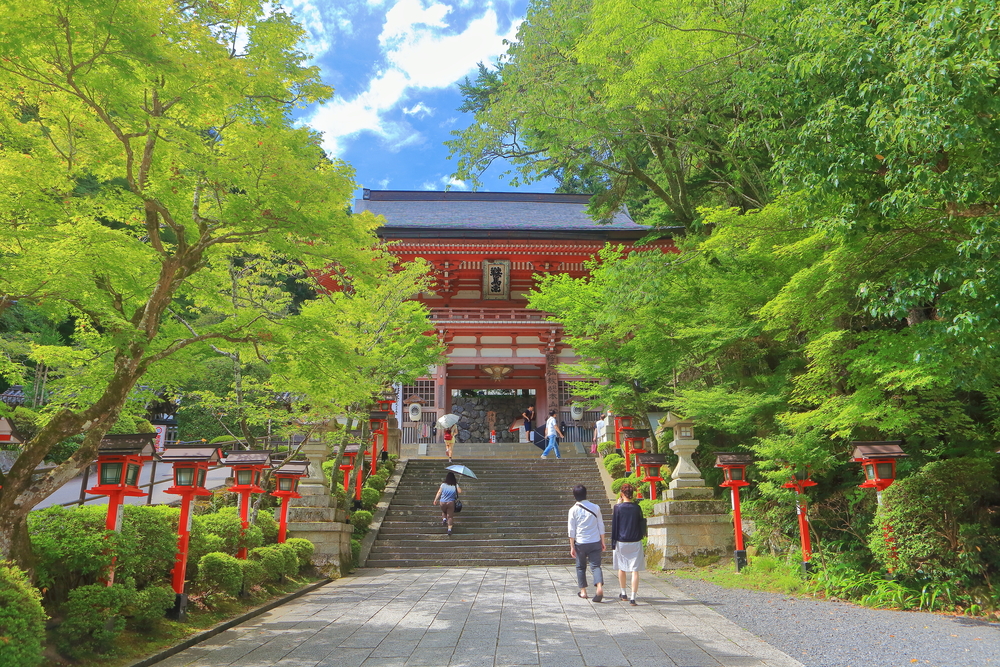
Kurama-dera Temple is located about a 3-minute walk from Kurama Station. It is said to be one of the best power spots in Kyoto, and is a mysterious and energetic sightseeing spot. Highlights include “Kongosho” where the energy of the universe is said to gather, “front of main Hall,” where you can see Mt. Hiei from a beautiful view, “Okuno-in-sando,” where many legends remain, and many more.
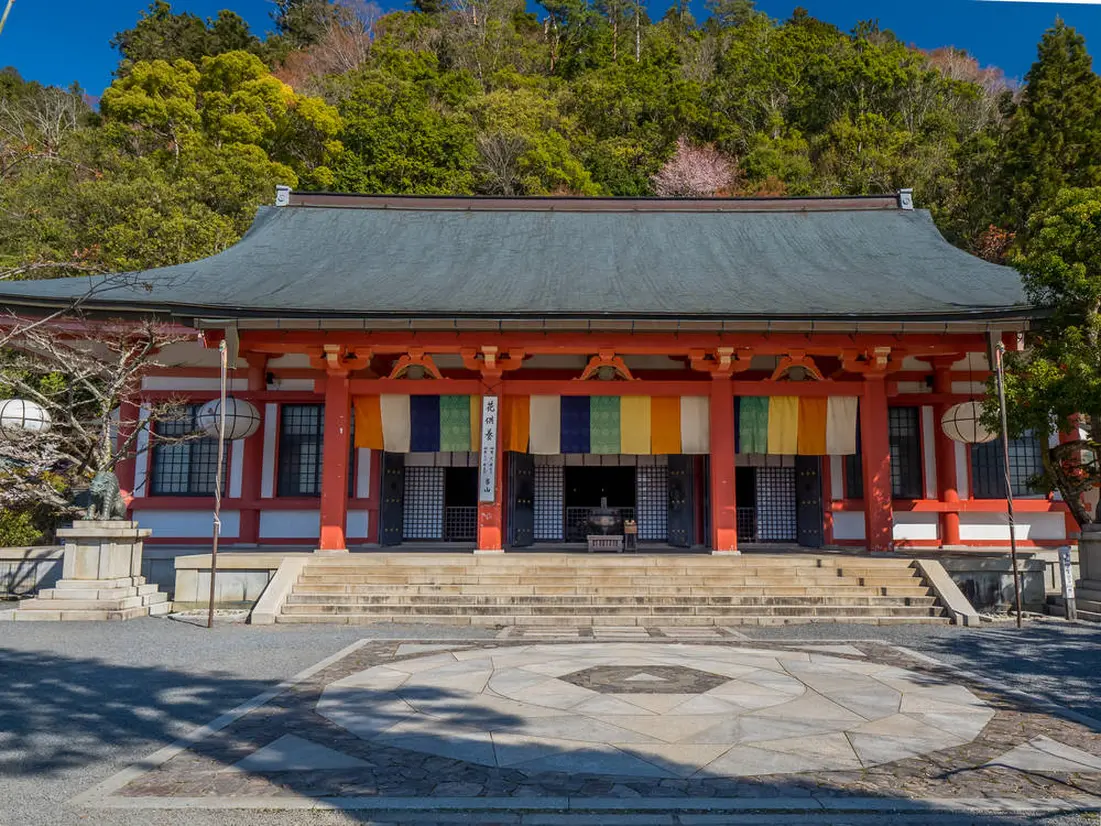
Because Kurama-dera Temple is located on the slope of Mt. Kurama, it is necessary to climb a slope to get around the temple grounds. There is a cable car for those who are not physically fit, but please note that even if you take the cable car, you will still need to climb the last slope and stone steps. Wear comfortable walking shoes if possible.

The Okuno-in-sando leads to Kibune Shrine, and you can also walk to the Kibune area. It takes about one and a half hours, but it is a great way to experience the area to the fullest.
Yuki-jinja Shrine (由岐神社)
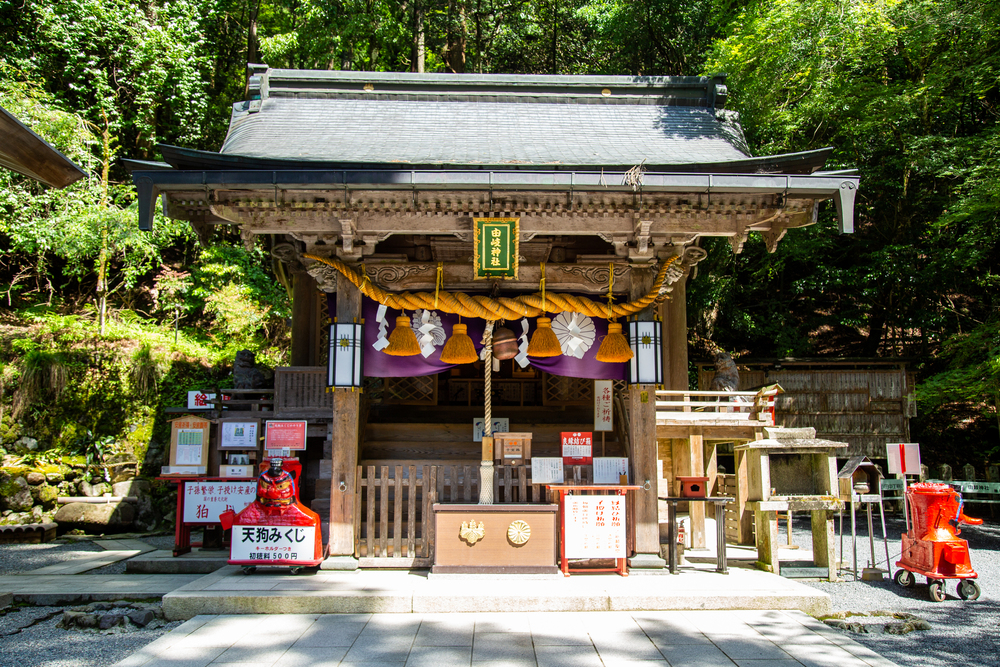
Yuki-jinja Shrine was worshipped in the Kyoto Imperial Palace as a guardian deity of the imperial family in ancient times. It is located in the middle of the approach to Mt. The shrine is known as a god of childbirth and safe delivery, with an 800-year-old sacred tree, “Osugi-san,” and a guardian dog (komainu) in the shape of a man holding a child in his arms on the shrine grounds.
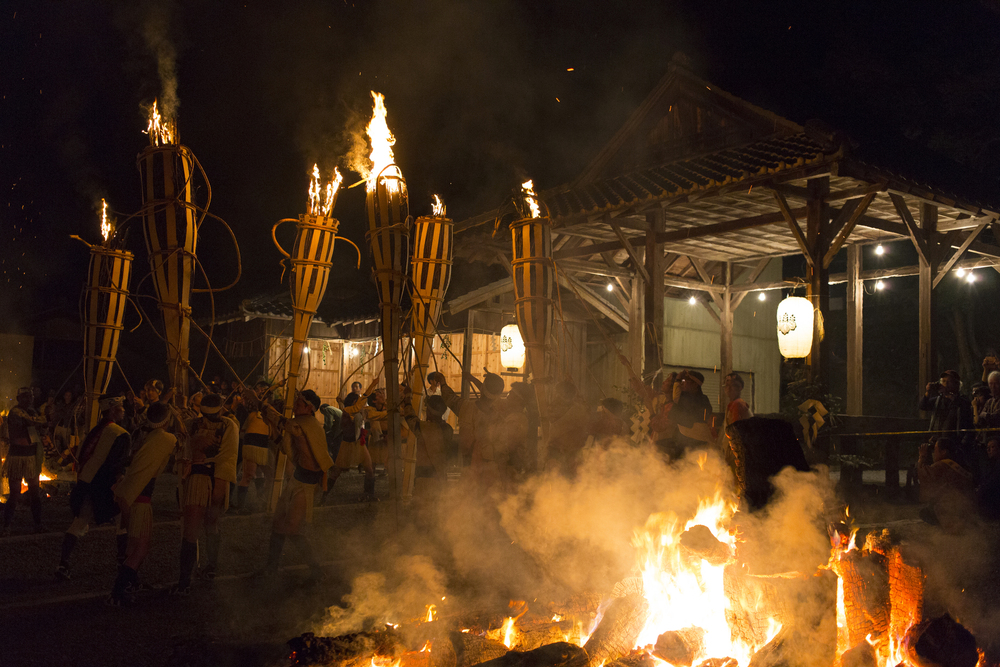
It is also famous for the Kurama Fire Festival, one of the three major fire festivals in Japan, held every year on October 22.
Kifune-jinja Shrine (貴船神社)
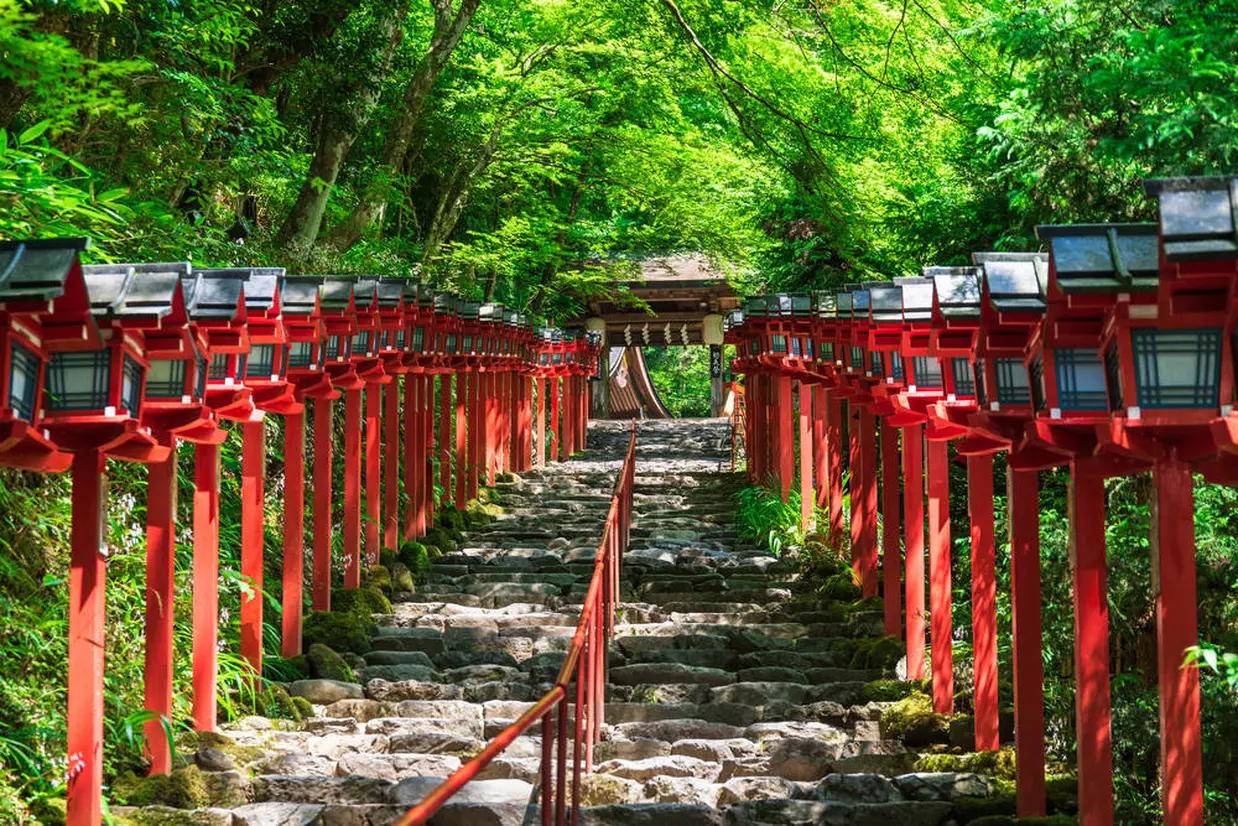
Kifune-jinja Shrine is the representative shrine of the Kibune area. Kifune-jinja Shrine, with its impressive vermilion lanterns lining the stone steps, is dedicated to the god of water.

If you come to Kifune-jinja Shrine, you should definitely experience “mizuuranai-mikuji,” a fortune telling technique associated with water. Float a fortune-telling paper in the sacred water, and the result of the fortune-telling will come to the surface. Kifune-jinja Shrine is also famous as the god of marriage, and is said to guide not only love but all kinds of relationships in the right direction.
Kawadoko in Kifune (貴船の川床)

Kawadoko is a summer tradition in Kyoto. Kawadoko is also famous here in Kifune, and is usually open from May to September (some restaurants offer kawadoko during the winter season as well). The kawadoko at Kifune are characterized by the fact that the surface of the water is so close that you can almost touch it with your hands. You can enjoy excellent kawadoko cuisine while feeling the coolness of the clear water.
Kawadoko at Kifune is becoming increasingly popular these days. It always seems to be crowded, so if you want to dine there, make a reservation in advance.


